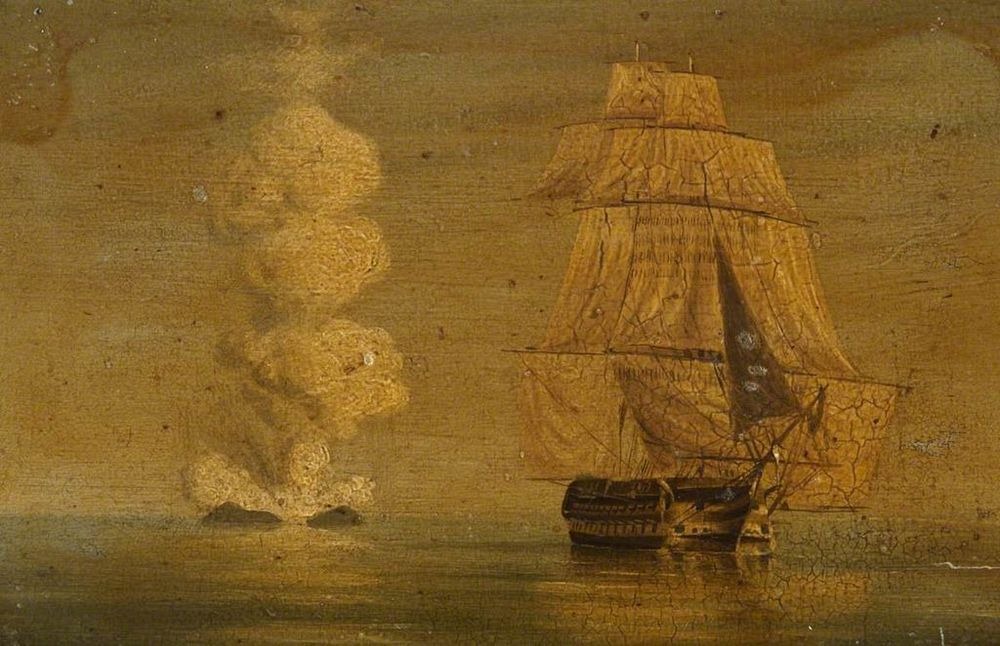Less than six months later, the island had sunk back into the sea.
The story of Ferdinandea island begins on July 1831.
It started with a series of tremors and a pungent smell of sulphur.
Clearly, somewhere a volcano was erupting.
Nothing unusual about that.
Sicily is volcanic, and the residents were accustomed to eruptions, big and small.
But there were no signs of eruption anywhere on the island.
And it was still active, spewing lava and hot ash from its mouth-like crater.
It eventually reached a height of 63 meters and a circumference of 4.8 km.
The first to lay claim on the island were the British.
He named it Ferdinandea, in honor of himself.
The Spanish showed an interest too.
For five months the conflict raged as the nations fought in the press and through diplomatic channels.
Nobody paid attention that the island was slowly withdrawing into the ocean.
As soon as the eruption stopped, the sea rapidly eroded it away.
This was not the first time the island had appeared in this patch of ocean.
This plaque was reportedly destroyed within months, possibly by fishing gear but it could also have been vandalism.
The island would likely and rightly belong to Italy.
The marble plaque that was installed on the submarine volcano.
Sources:Wikipedia/The Basement Geographer/Independent/Clan Graham Society/Time.com





